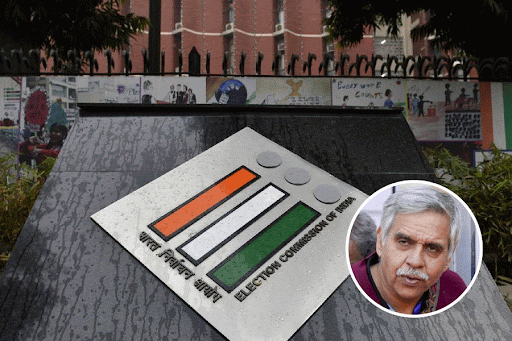Mental health experts h ave l o n g known that although women have nearly twice the rate of depression diagnoses, men are much more likely to die by suicide, drug overdose and alcohol-related deaths — sometimes referred to as deaths of despair. Nearly 80 per cent of suicides are among men, with males older than 75 and those who work in traditionally blue-collar jobs, such as mining, construction and agriculture, having the highest rates.
Despite men’s higher risk of death related to mental illness, women are much more likely to seek out help. In 2020, 15 per cent of men reported receiving either psychotropic medications or therapy in the past one year compared with 26 per cent of women.
This disparity in care has left experts scrambling for ways to reach more men, particularly those most at risk and who might be reluctant to talk about their mental health. Research has found that men who exhibit traditional stereotypes of masculinity, such as stoicism and self-reliance, are even less likely to ask for help.
“We call some of them ‘double jeopardy men’,” said Sally Spencer-Thomas, president and co-founder of United Suicide Survivors International. “They’re men who have a number of risk factors and who are also least likely to seek help on their own.”
In response to this growing mental health crisis, the American Psychological Association (APA) released its first set of guidelines for practitioners working with men and boys a few years ago, in 2018.
“There is clearly growing recognition that we have to reframe mental health care and our approach to addressing the mental health needs of men,” Arthur Evans Jr., CEO of APA, wrote in an email. For instance, he said, it helps to reframe therapy as an opportunity to become strong or well, rather than a treatment for mental illness.
Some therapists and public health campaigns have adopted this approach and are using other unconventional messaging in an attempt to appeal to hard-to-reach men. This might include using humour or leaning into some masculine stereotypes. Experts hope that once these men are in the door, they’ll come to see that asking for help and going to therapy is a sign of strength, not weakness.
Over the course of two years, Spencer-Thomas conducted interviews and focus groups with men who had survived suicide attempts about what might have helped them during their time of greatest need. She quickly learned that the standard communication around mental health was a turnoff for the men she spoke to.
For one thing, the double jeopardy men she interviewed did not consider themselves to be mentally unwell, so language about depression or mental illness didn’t resonate.
The second issue was that these men had been conditioned to be the strong ones, the ones that other people lean on. So the idea of seeking help, especially for their minds, was a foreign and off-putting concept.
Using the insights from her research, Spencer-Thomas partnered with the Colorado Department of Public Health and Environment and the branding agency Cactus in 2012 to develop a public health campaign, called Man Therapy.
Man Therapy, despite its name, is not intended to be a replacement for formal mental health care. It’s a website designed to educate, reduce stigma and encourage men to seek help in times of crisis.
These resources are fairly standard for mental health websites; it’s Man Therapy’s tone that is unique, using humour and masculine stereotypes to draw in men. A mustachioed fictional therapist, Rich Mahogany, who strongly resembles the Parks and Recreation [TV series] character Ron Swanson, guides users through the site.
Many men go to therapy willingly and openly. But for those who are resistant to the idea, getting them into a professional’s office is only half the battle. Persuading them to talk can be another challenge.
John D’Agostini, 38, who runs a leadership programme for young men near Minneapolis, US, tried going to several counselors throughout his 20s and early 30s, but he found the sessions very difficult. “I didn’t have the skills and I didn’t have the humility,” he said.
This type of resistance can be more common among men, said Mitch Abrams, a psychologist specialising in anger management. “They come in and they say, ‘I’m only here because my wife told me to come and see you’.”
To encourage these men to engage in the process, Abrams tries to help them see that although someone else might have initially recommended therapy, they wouldn’t be in his office if they hadn’t made the choice. “There are a lot of guys that know they want to be there, but they don’t feel that they’re allowed to say it because their pride is in the way,” he said.
D’Agostini finally made progress when he found a therapist he felt he could open up to. “I didn’t feel like I had to keep up appearances,” he said. “I could just really drop it and be really honest and vulnerable with another human being.”
NYTNS











